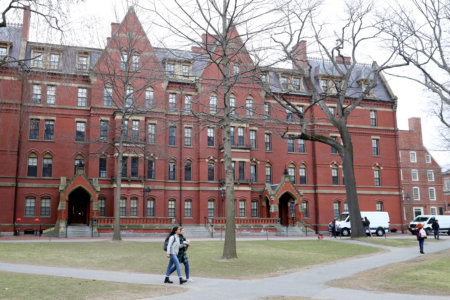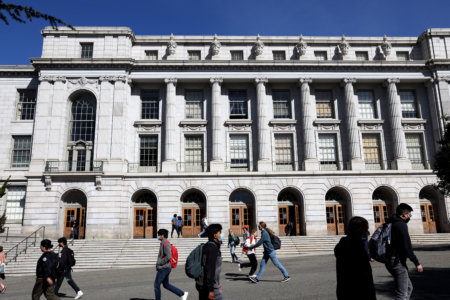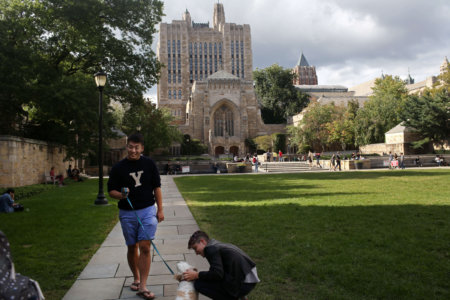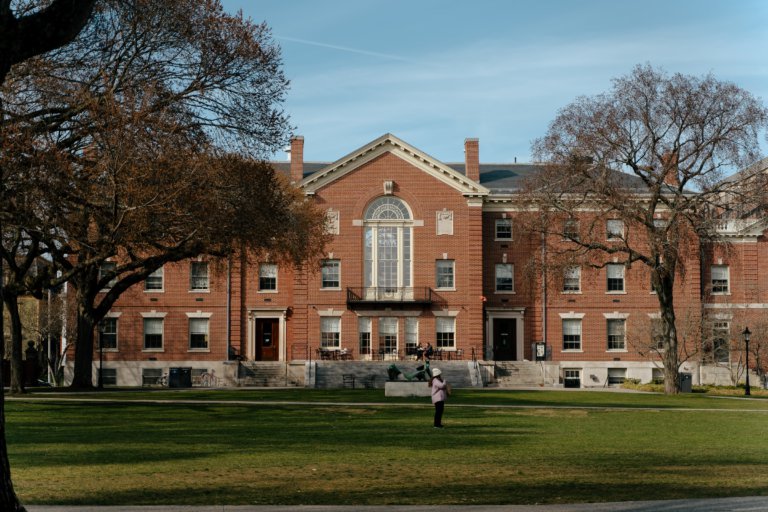
Studying at an Ivy League school might seem like a far-fetched dream for many international students, but it certainly is within the realm of possibility. Now, another institution is set to ease the path for overseas students to join its ranks. Earlier this month, Brown University announced that it is one step closer to its aim of offering need-blind admissions for international students
According to the university’s website, the goal will be made possible thanks to a generous donation of US$25 million from siblings Aysha and Omar Shoman, who previously graduated from the university in 2004 and 2001 respectively as international students. It’s the largest donation for international financial aid that Brown has received to date.
The largesse is part of Brown’s larger campaign named “BrownTogether” to aggressively expand its fiscal budget to become fully need-blind for overseas students starting their undergraduate degrees in Fall 2025.
Aysha and Omar Shoman, Palestinian siblings and Brown University alumni, just donated $25 million towards financial aid at Brown, the largest international aid gift in the university's history.https://t.co/71SmnhUkFv
— Sa'ed Atshan | سائد عطشان (@Dr_Atshan) June 7, 2022
Under this plan, students hailing from households earning less than US$60,000 annually with typical assets can study at the university with tuition fees and room and board covered, on top of other financial assistance for additional expenses.
Speaking on the donation, Aysha Shoman was quoted saying: “As there were limited options for financial aid for international students when my brother and I were studying, we decided to set up a scholarship to give talented students from around the globe an opportunity to receive a Brown education.”
“For the scholarship recipients, I hope that their Brown education will be as transformative for them as it was for me and that it will encourage them to give back and support their own communities.”
Need-blind admissions to Brown University have been open to domestic students since 2003, but it only has a need-aware policy in place for its foreign applicants.
International students needing financial assistance at any time of their studies at Brown must have applied and received the aid when they begin their studies as first-years. Currently, the cost for just one year of attendance comes with a hefty price tag of nearly US$85,000.
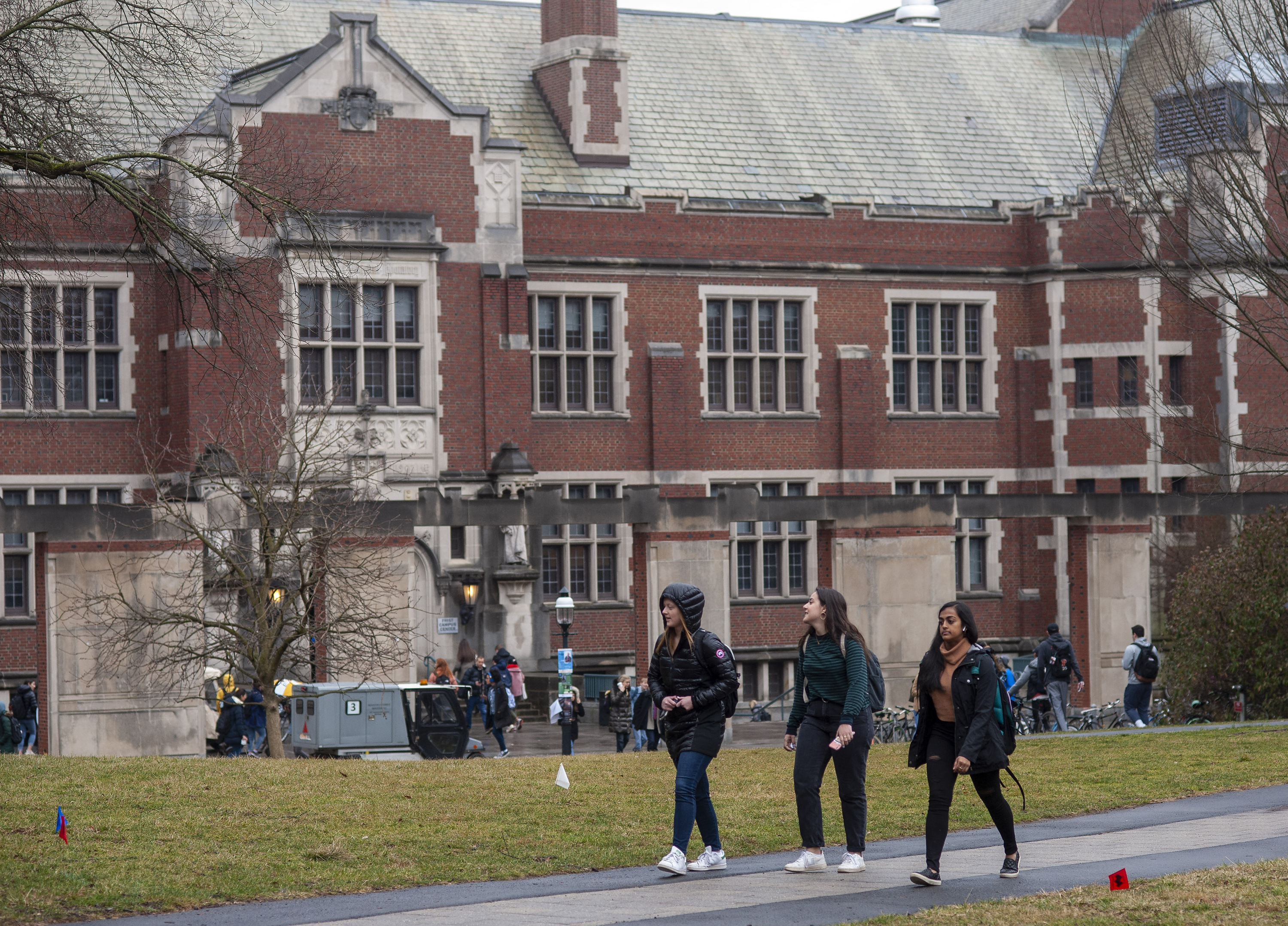
Presently, the only Ivy League schools with need-blind admissions in place for international students are Princeton, Yale, and Harvard. Source: William Thomas Cain/Getty Images North America/Getty Images via AFP
Make international education accessible: Brown University to follow other top US unis
Having a degree from the Ivies can be a life-changing lottery ticket for underprivileged students, but the elitism and exorbitant fees attached to having the best education aren’t realistic for most. International students face multiple hurdles to get a shot at the Ivies, not to mention the added costs of visas, standardised tests, and airfare even if they are accepted.
The Ivies are also notorious for having some of the lowest acceptance rates in the world. In 2022, Harvard admitted only 3.19% of students from an application pool of 61,220 — its lowest numbers to date. Meanwhile, Brown University only accepted a total of 2,546 students from 50,649 applicants for the Class of 2026.
Only five other universities in the US are known to offer full need-blind admissions to overseas applicants so far: Harvard, Yale, Princeton, Massachusetts Institute of Technology (MIT), and Amherst College (a liberal arts college in Massachusetts).
Need-blind acceptance for international students is rare compared to other types of financial aid. Unlike a need-based policy, where applicants are offered funding packages based on their financial circumstances, need-blind admissions look solely at the student’s merit and potential. It ensures any student that their application will not be disadvantaged due to financial shortfall.
To stay on track for its 2025 goal, Brown University has embarked on a concerted effort in fundraising and achieving around US$120 million in new endowments in the coming years. If successful, the total cost of attendance for international students will be borne through a 50-50 split between the two streams of funds.








